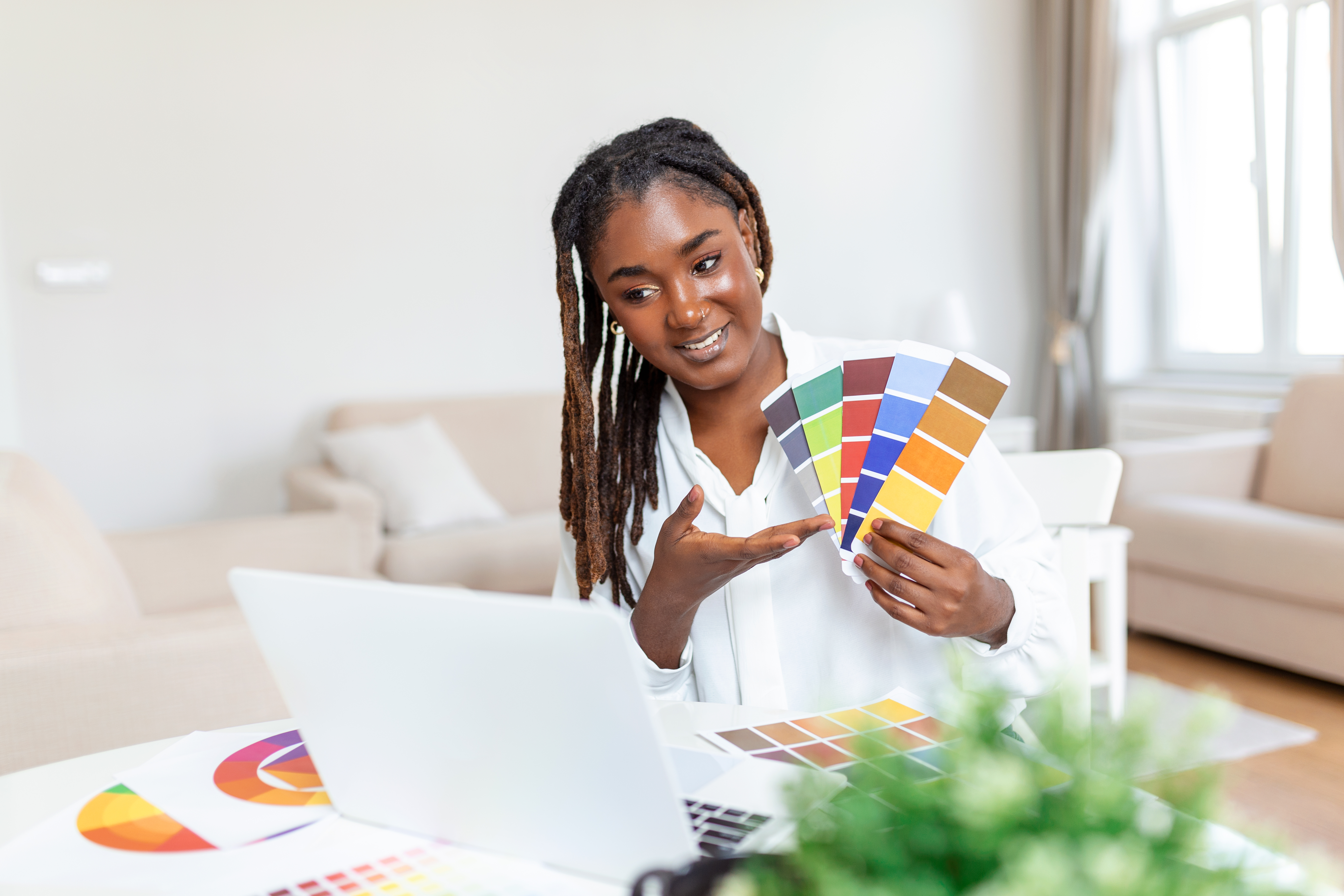info@sadi.co.ke
+254727368241
Color is one of the most powerful tools in web design. Beyond aesthetics, it influences how users feel, how long they stay on a page, and even whether they take action. Designers who understand and apply color theory can create websites that are not only visually appealing but also more effective in achieving business goals.
The Psychology of Color
Colors evoke emotions and associations. For instance, blue often conveys trust and professionalism, while red can represent urgency or excitement. By selecting the right color palette, businesses can align their websites with their brand identity and influence how visitors perceive them. A health-focused site may lean on green to symbolize freshness and growth, while a luxury brand may choose black or gold to signal elegance.
Creating Visual Hierarchy
Color also plays a role in guiding user attention. Strategic use of contrast can highlight calls-to-action, such as buttons or sign-up forms, making them stand out from the rest of the page. Designers can use lighter shades for backgrounds and bold colors for interactive elements to naturally lead the eye where it matters most. This hierarchy helps improve navigation and encourages conversions.
Building Consistency and Accessibility
A consistent color scheme strengthens brand recognition and ensures a unified look across pages and platforms. Equally important is accessibility. Designers must consider color contrast ratios to ensure text is readable for all users, including those with visual impairments. Accessible design not only broadens audience reach but also demonstrates inclusivity.
Adapting Trends to Strategy
Modern design trends often experiment with gradients, vibrant hues, or dark modes. While these styles can enhance appeal, they should always be adapted to the brand’s message and audience. Following color trends without strategy risks confusing users or diluting the brand’s identity.
Conclusion
Color theory is more than just a design principle — it is a communication tool. By using color wisely, businesses can connect emotionally with visitors, guide their actions, and leave a lasting impression. A well-chosen palette can make the difference between a website that feels generic and one that feels memorable and trustworthy.
 August 21, 2025 - BY Admin
August 21, 2025 - BY Admin